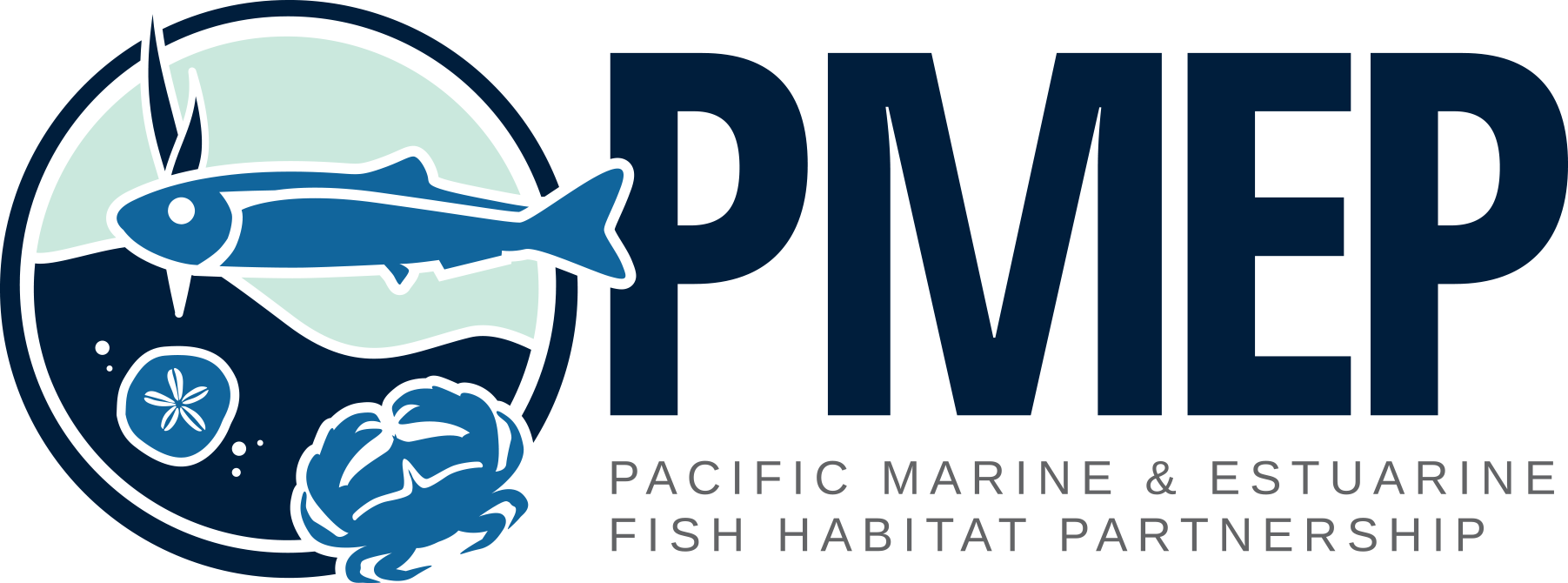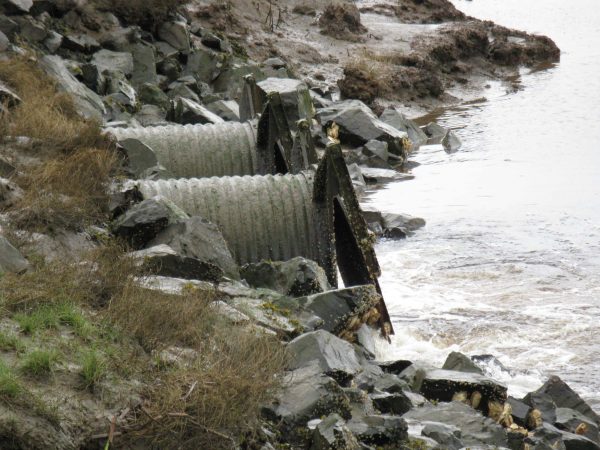Barriers to tidal connectivity are of major concern to the three Fish Habitat Partnerships (FHPs) that work to improve, restore and conserve fish habitats along the US West Coast. The negative impacts of these barriers include (but are not limited to) impeding fish passage, sediment processes interference, water quality degradation, and alterations of the array of fish habitats within estuaries. The Pacific Marine and Estuarine Fish Habitat Partnership (PMEP), the California Fish Passage Forum (CFPF), and the Pacific Lamprey Conservation Initiative (PLCI) are collaborating on a project to identify science and data gaps associated with barriers along the coast, and to identify actions they can take individually and collaboratively to drive lasting solutions to the negative impacts of these barriers on fish and fish habitats.
With generous funding from the Association of Fish and Wildlife Agencies, the collaborating FHPs recently held a Barriers to Tidal Connectivity Symposium. The one-day symposium brought together experts in the field to explore:
• History of tidal barriers in the US West Coast
• Functional impacts of barriers to tidal connectivity
• Fish passage needs
• Tidegate effectiveness
• Climate change and tidal barriers
• Tidal barrier datasets
More than 300 people attended the Symposium.
You can find more information about the Symposium, including the agenda, recorded presentations and the list of speakers HERE.

